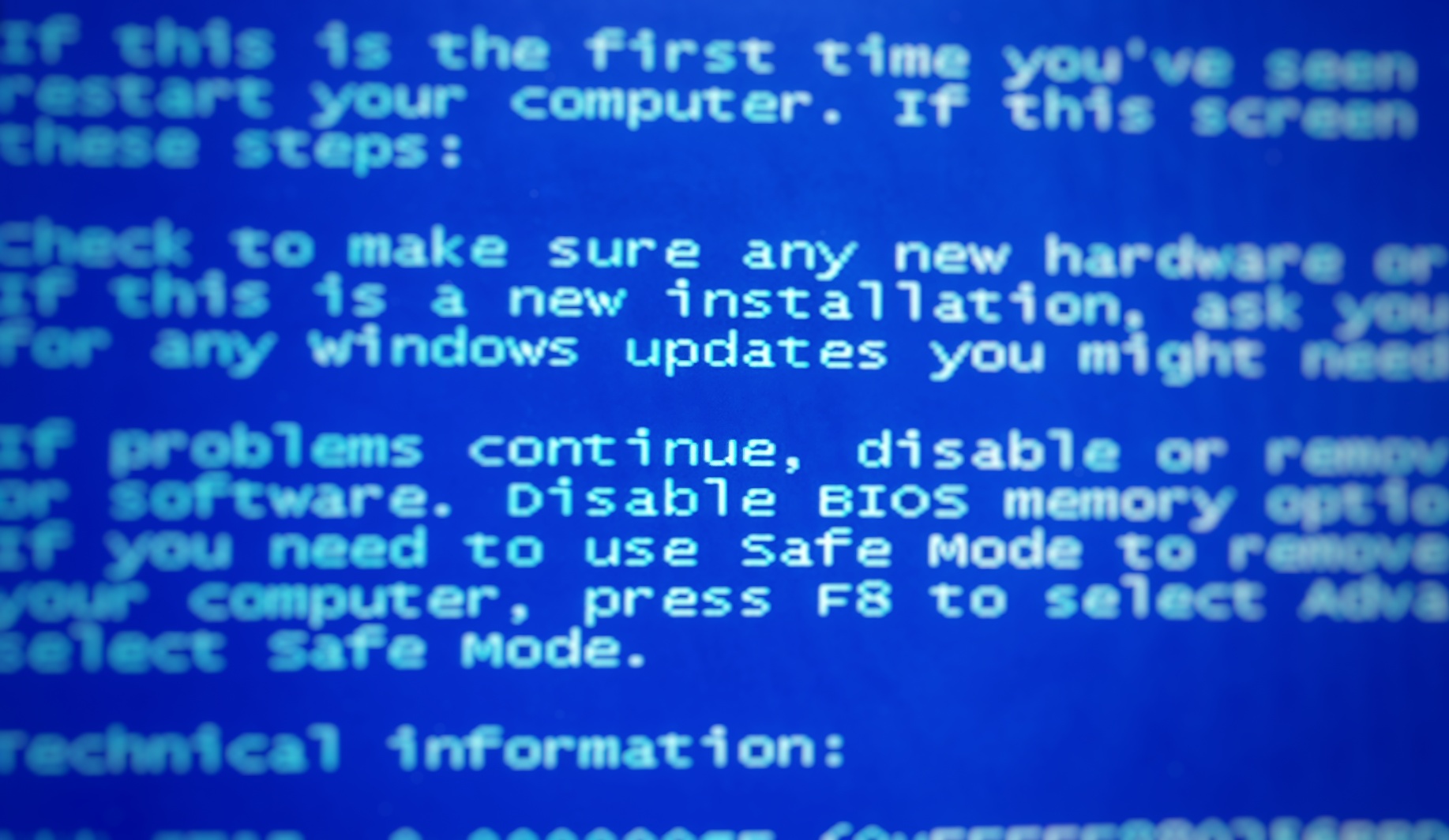Looking into AI, there are vast aspects of how to build a thinking machine. Who’s working with this, and how they pursue their goal of making thinking machines, can be categorised to social groups, or tribes, according to Toby Walsh in his book; Android Dreams.
The learners. Just as we humans learn, the computers must too. It can be supervised, semi-supervised and unsupervised. They can be divided in the following groups:
- symbolists; logics, using inductive reasoning to determine the cause A of a result B
- connectionists; neuroscience inspired, learning from continuous signals interconnected, e.g, Deep Learning
- evolutionaries; finding the best computational model, e.g., inspired by “the survival of the fittest” theory
- Bayesians; statistical approach, probability theory of the Bayes theorem
- analogises; other spaces, where observed problems can be used to solve others
The reasoners, such as the rules of thought, knowledge and uncertainty, orchestrated to fit a purpose.
The robotics, making computers create their perception of the real world, using cameras, microphones, and other data sources. In a way, combining reasoning and learning.
The linguists, making computers learn our language and how we communicate.
Common for all tribes are that they can be defines as botht neats (mathematical precision) and scruffies (by chance, great chance).

